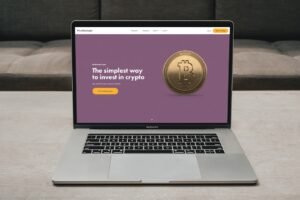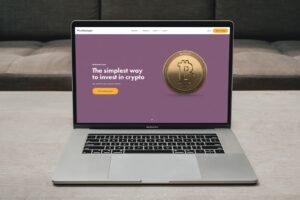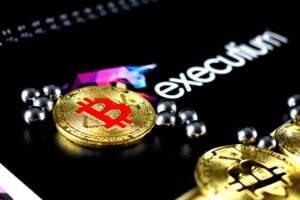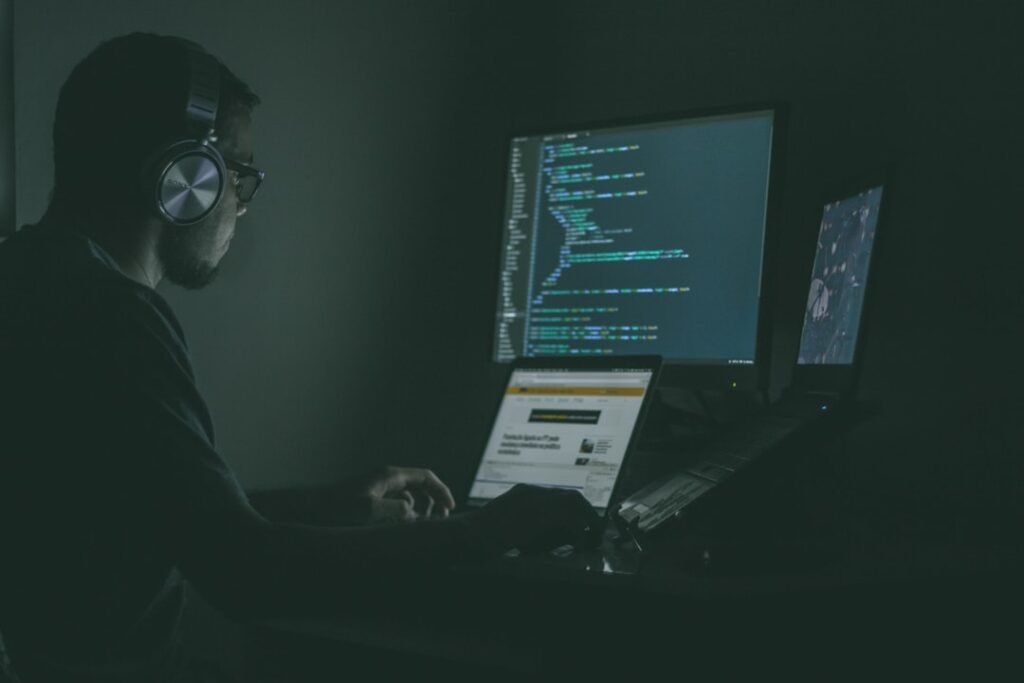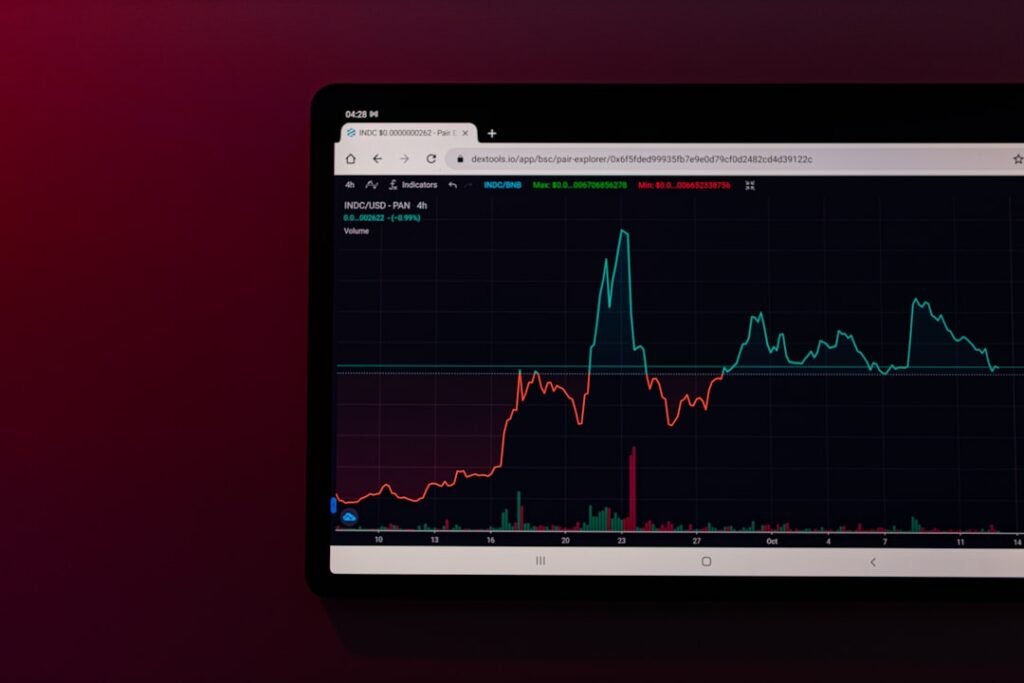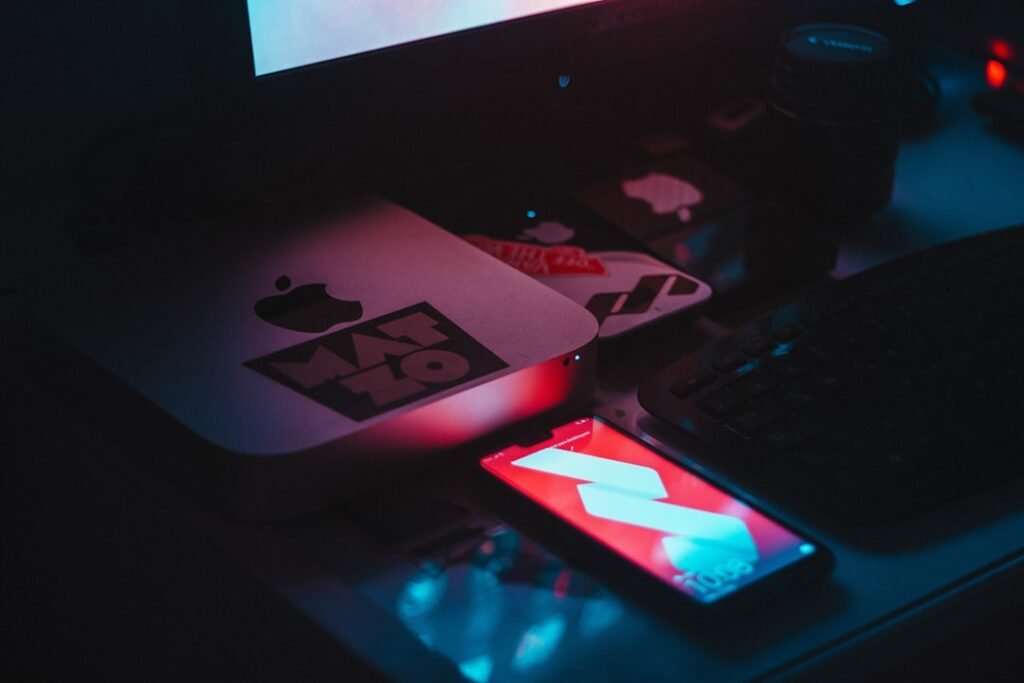NFT Solutions for Artists and Creators to Mint, Sell, and Manage Digital Art on Blockchain The digital art revolution is here, and it's powered by blockchain technology. For artists and creators worldwide, Non-Fungible Tokens (NFTs) have emerged as a transformative force, redefining how digital art is created, owned, and valued. This comprehensive guide explores the complete ecosystem of NFT solutions that empower artists to mint, sell, and manage their digital creations on the blockchain, opening up unprecedented opportunities for monetization and global recognition. Understanding the NFT Revolution for Digital Artists Before diving into the technical aspects, it's crucial to understand what NFTs represent for the creative community. An NFT, or non-fungible token, is a unique digital asset that represents ownership of a specific item or piece of content on the blockchain. Unlike cryptocurrencies such as Bitcoin or Ethereum, which are fungible and interchangeable, each NFT possesses distinct characteristics that make it one-of-a-kind. For digital artists, this technology solves a fundamental problem that has plagued the digital art world for decades: provable scarcity and ownership. In the past, digital art could be infinitely reproduced with no way to distinguish the "original" from copies. NFTs change this paradigm by creating a verifiable certificate of authenticity and ownership that is permanently recorded on a decentralized ledger. The Complete NFT Creation Workflow: From Concept to Blockchain Step 1: Creating Your Digital Masterpiece The journey begins with your creative vision. Your digital asset can be anything from static images and GIFs to 3D models, music files, videos, or even interactive experiences. The key consideration is ensuring you have full rights to the content you're planning to tokenize. Many successful NFT projects include: Digital paintings and illustrations Animated artworks and short films Generative art created through algorithms Virtual reality experiences Digital fashion and wearables Musical compositions and audio experiences Step 2: Selecting the Right Blockchain Platform Choosing the appropriate blockchain is a critical decision that impacts everything from transaction costs to environmental footprint and potential audience. The major options include: Ethereum: The most established NFT ecosystem with the largest marketplaces and collector base, though gas fees can be high. Solana: Known for extremely fast transactions and minimal fees, making it ideal for high-volume projects. Cardano: Emphasizes sustainability and security through its proof-of-stake consensus mechanism. Polygon: A layer-2 scaling solution for Ethereum that offers lower fees while maintaining compatibility. Tezos: An energy-efficient alternative gaining traction in the art world. Binance Smart Chain: Offers low transaction costs and fast processing times. Step 3: Setting Up Your Digital Wallet Your digital wallet serves as your identity and bank account in the blockchain world. Popular options include: MetaMask (Ethereum and EVM-compatible chains) Phantom (Solana) Yoroi (Cardano) Trust Wallet (multi-chain) When setting up your wallet, securely store your recovery phrase offline. This phrase is the only way to recover your assets if you lose access to your wallet. Step 4: Funding Your Wallet with Cryptocurrency Most NFT minting processes require cryptocurrency to pay for transaction fees (gas fees). You'll need to: Purchase cryptocurrency from a reputable exchange Transfer it to your digital wallet Ensure you have enough to cover minting costs and marketplace fees Step 5: Choosing Your NFT Marketplace The marketplace you select significantly impacts your NFT's visibility and sales potential. The landscape includes: OpenSea: The largest general NFT marketplace supporting multiple blockchains with a user-friendly interface. Rarible: A community-owned platform that emphasizes creator royalties and governance. SuperRare: A curated platform focusing on high-quality single-edition digital artworks. Foundation: An invite-only marketplace known for its high-quality curation and artist-centric approach. Nifty Gateway: Partners with major artists and brands for high-profile drops with fiat currency support. MakersPlace: Specializes in digital art with a verification process for creators. Step 6: The Minting Process Explained Minting is the process of turning your digital file into a unique token on the blockchain. This involves: Uploading your digital file to your chosen marketplace Adding metadata including title, description, and properties Configuring royalties (typically 5-10% for secondary sales) Setting your sales terms (fixed price, auction, or open offers) Paying the gas fee to execute the smart contract Many platforms now offer "lazy minting," where the minting cost is deferred until the NFT is sold, making it more accessible for emerging artists. Step 7: Pricing and Listing Strategies Determining the right price for your NFT involves considering: Your reputation and previous sales history The complexity and quality of the artwork Current market trends and comparable sales The utility or benefits attached to the NFT Edition size (1/1, limited edition, or open edition) Step 8: Marketing and Promotion Creating an NFT is only half the battle; effective promotion is essential for success: Build a strong social media presence, particularly on Twitter and Instagram Engage with NFT communities on Discord and Clubhouse Create compelling content around your creative process Collaborate with other artists and projects Consider timed drops and exclusive access for collectors Advanced NFT Strategies for Professional Artists Building a Cohesive Collection Rather than minting individual pieces, many successful artists create cohesive collections with unifying themes, styles, or narratives. This approach: Builds stronger collector communities Creates natural demand for completing sets Allows for tiered pricing and rarity structures Enables more sophisticated marketing campaigns Implementing Royalty Structures One of the most significant advantages of NFTs for artists is the ability to earn royalties on secondary sales. When configuring your smart contract, you can program a percentage (typically 5-10%) that automatically routes to your wallet every time your NFT is resold. This creates ongoing revenue from your creative work. Utility and Experiential NFTs Moving beyond static images, many artists are enhancing their NFTs with additional utility: Access to exclusive content or future drops Physical merchandise redemption Voting rights in community decisions Experiences like studio visits or custom commissions Gaming integrations and metaverse compatibility Dynamic and Programmable Art Some platforms enable the creation of dynamic NFTs that can evolve based on external data, owner interactions, or the passage of time. This creates living artworks that continue to develop after the initial sale. Managing Your NFT Portfolio and Career Tracking Sales and Royalties As your NFT portfolio grows, organization becomes crucial. Tools like: Portfolio trackers that aggregate your NFTs across multiple wallets Royalty monitoring services Tax calculation software for cryptocurrency transactions Analytics platforms for market trends Protecting Your Digital Assets Security is paramount in the blockchain space: Use hardware wallets for significant holdings Enable two-factor authentication on all accounts Be vigilant against phishing attempts Keep your recovery phrases secure and offline Consider multi-signature wallets for high-value assets Navigating Legal Considerations Understanding the legal landscape is essential: Ensure you own all rights to the content you mint Consider copyright registration for significant works Understand the tax implications of cryptocurrency earnings Be transparent with collectors about usage rights Stay informed about evolving regulations in your jurisdiction Building Long-Term Collector Relationships The most successful NFT artists focus on building genuine relationships with their collectors: Create exclusive spaces for owners of your work Provide updates on your artistic journey Offer special perks to long-term supporters Listen to feedback and involve your community in decisions The Future of NFTs for Digital Creators The NFT space continues to evolve at a rapid pace, with several emerging trends that artists should monitor: Fractional Ownership: Allowing multiple collectors to own shares of high-value artworks. Cross-Chain Interoperability: Assets that can move seamlessly between different blockchains. Enhanced Metadata Standards: Rich, on-chain metadata that includes provenance and conservation data. AI Collaboration Tools: Assistants that help with creation, pricing, and marketing. Metaverse Integration: Artworks that exist across multiple virtual worlds and platforms. Sustainable Blockchain Solutions: More energy-efficient consensus mechanisms and carbon-offset initiatives. Overcoming Common Challenges While the NFT space offers tremendous opportunities, artists also face significant challenges: Market Volatility: Crypto markets can be unpredictable, affecting collector behavior and asset values. Technical Barriers: The learning curve for blockchain technology can be steep for traditionally trained artists. Environmental Concerns: The energy consumption of some blockchains has drawn criticism, though solutions are emerging. Oversaturation: With millions of NFTs minted weekly, standing out requires strategic positioning. Plagiarism and Fraud: Bad actors sometimes mint others' work, requiring vigilance and reporting. Getting Started: A Practical Roadmap For artists new to the space, a measured approach often yields the best results: Education Phase: Spend time understanding the technology and community norms before minting. Community Building: Engage authentically in NFT spaces without immediate commercial intent. Technical Preparation: Set up your wallet and acquire small amounts of cryptocurrency. Initial Experiments: Mint a few test pieces on a low-cost blockchain to understand the process. Strategic Launch: Plan your first significant drop with attention to timing, pricing, and promotion. Iterative Improvement: Learn from each release and continuously refine your approach. Conclusion: Embracing the Digital Renaissance NFT technology represents nothing less than a renaissance for digital artists, providing tools for sustainable careers outside traditional gallery systems. While the landscape can seem complex initially, the fundamental principles align with timeless artistic values: creating meaningful work, connecting with audiences, and building a sustainable practice. The most successful NFT artists combine artistic excellence with community engagement, technical understanding, and strategic thinking. By mastering the solutions for minting, selling, and managing digital art on the blockchain, creators can participate in shaping the future of art while building rewarding careers on their own terms. The journey begins with a single step—or in this case, a single mint. Your digital masterpiece awaits its place on the blockchain.
